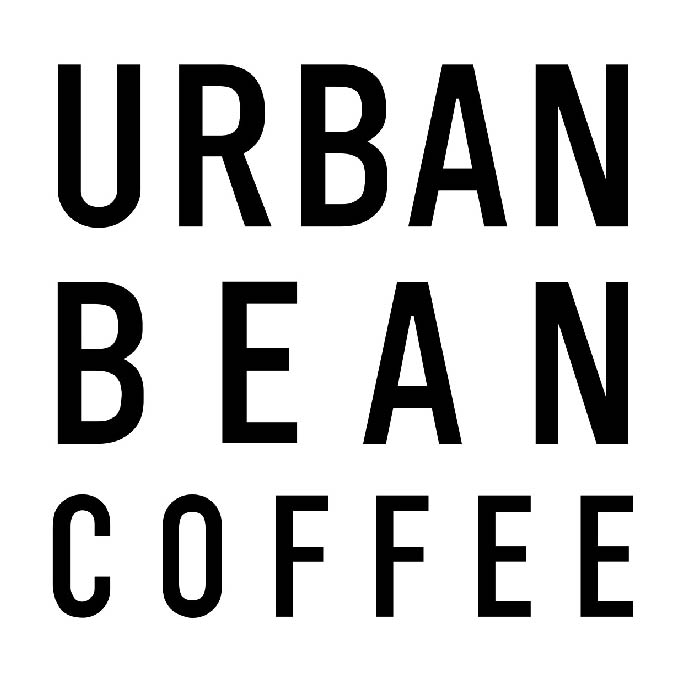Coffee is the most popular beverage in the US, but Americans and people from all around the world also enjoy other kinds of drinks.
To understand beverage trends we’ve analyzed data on the production, sale, and consumption of non-coffee drinks around the world and compiled detailed statistics.
Let’s take a look!
The Beverage Industry Statistics
1. In 2019, 64% of Americans aged 18 and over drank coffee every day. (NCA)
2. The global non-alcoholic beverage market was worth USD 967.3 billion in 2016. (Grand View Research)
3. The global beverage market was estimated at USD 1,544.61 billion in 2018 and is projected to grow by 3.1% each year. (Business Wire)
4. At this pace, the beverage market will exceed USD 1.86 trillion by 2024. (Business Wire)
5. 906.1 billion liters of non-alcoholic beverages were sold globally in 2018. Non-alcoholic beverages include bottled water, soft drinks, energy drinks, juices, ready-to-drink coffee and tea, sports beverages, etc. (Statista)
6. Bottled water accounts for 8% of beverage sales. (Statista)
7. In 2020, the revenue of the non-alcoholic drinks market amounted to $1,038,054 million. Annual growth is expected to be 6.8%. (Statista)
8. The volume of juice sales worldwide in 2019 was 11.26 billion cases. (Statista)
9. The largest segment of the market is soft drinks, which amounts to $667.384 million in 2020. (Statista)
10. Most beverage revenue is generated in the United States. (Statista)
11. Per capita, non-alcoholic beverage revenues are $139.47 per person in the US. (Statista)
12. Per capita consumption of soft drinks in the United States is 625 liters. (Statista)
13. Consumption of sugar-sweetened beverages (SSB) varies by location (CDC):
- 68% of adults living in the Northeast drink SSB
- 67% of adults living in the South drink SSB
- 61% of adults living in the West drink SSB
- 59% of adults living in the Midwest drink SSB
14. 52% of sugary drinks are consumed at home, and 48% outside the home. (CDC)
15. In only 2 out of 23 US states surveyed did less than 20% of adults consume sugary beverages daily. (CDC)
16. Map of the consumption of sweet drinks by US states (CDC):
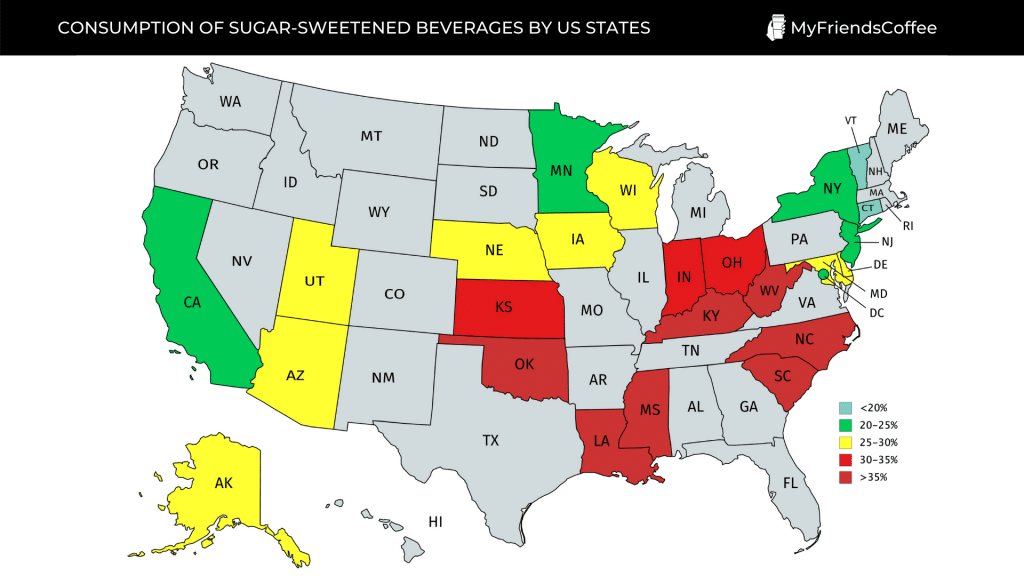
17. Leading companies in the production of soft drinks globally (Statista):
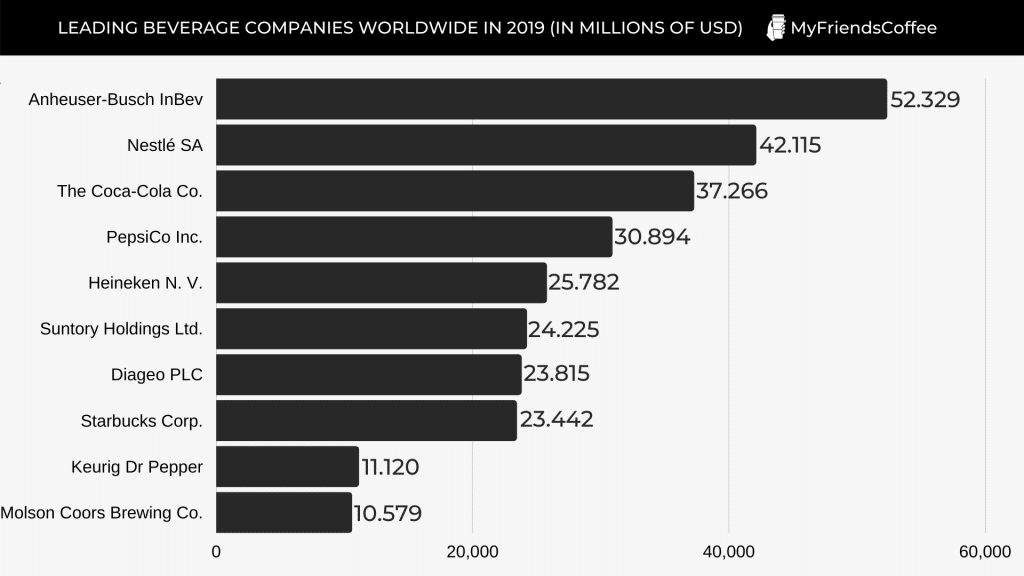
18. Leading brands of soft drinks in the US (Statista):
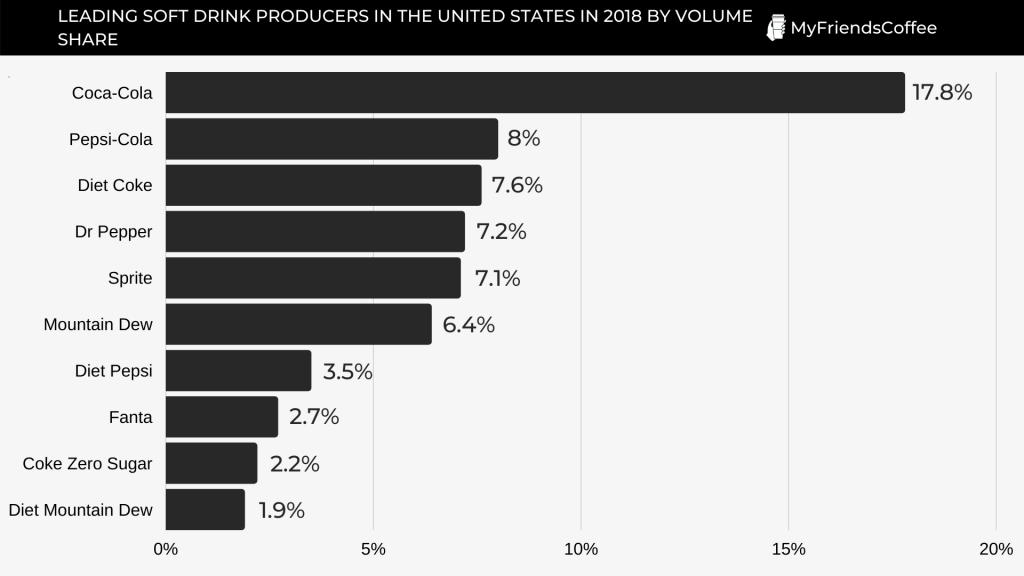
19. Net profits of the Coca-Cola Company from 2007 to 2019 (Statista):
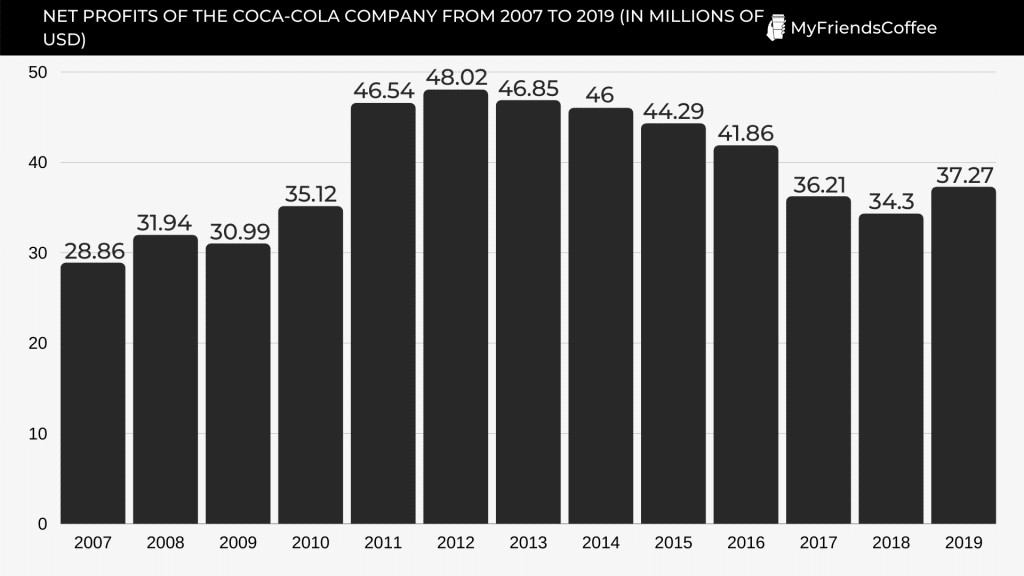
20. Revenue distribution of The Coca-Cola Company across operating regions (Statista):
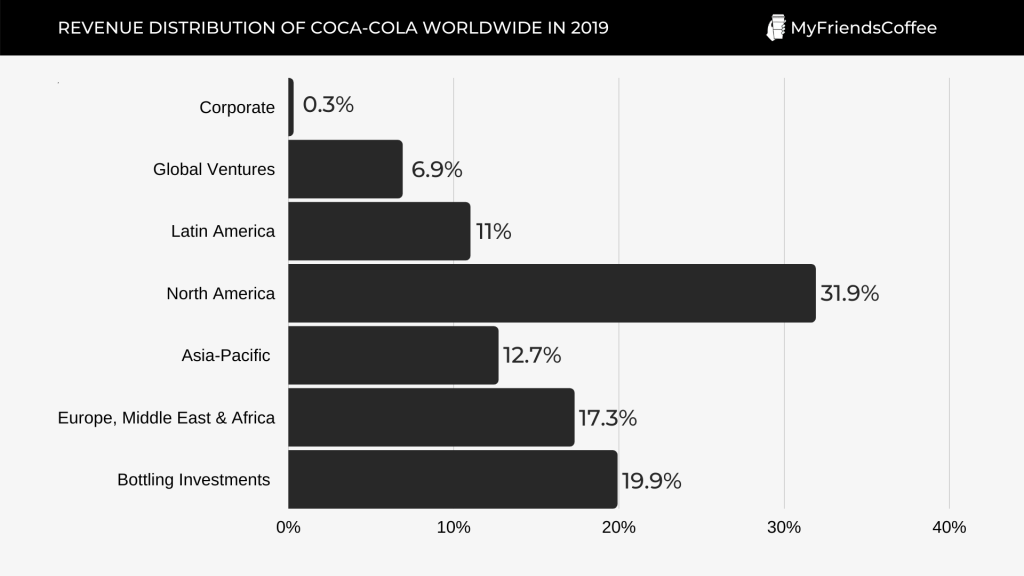
21. Net revenue of PepsiCo worldwide from 2007 to 2019 (Statista):
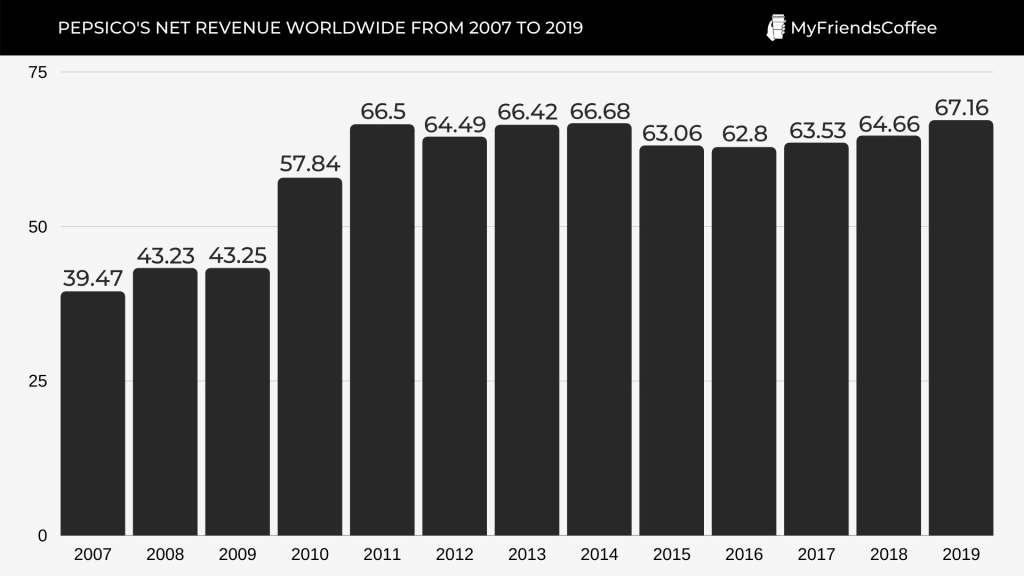
22. Distribution of PepsiCo’s net revenue by product type (Statista):
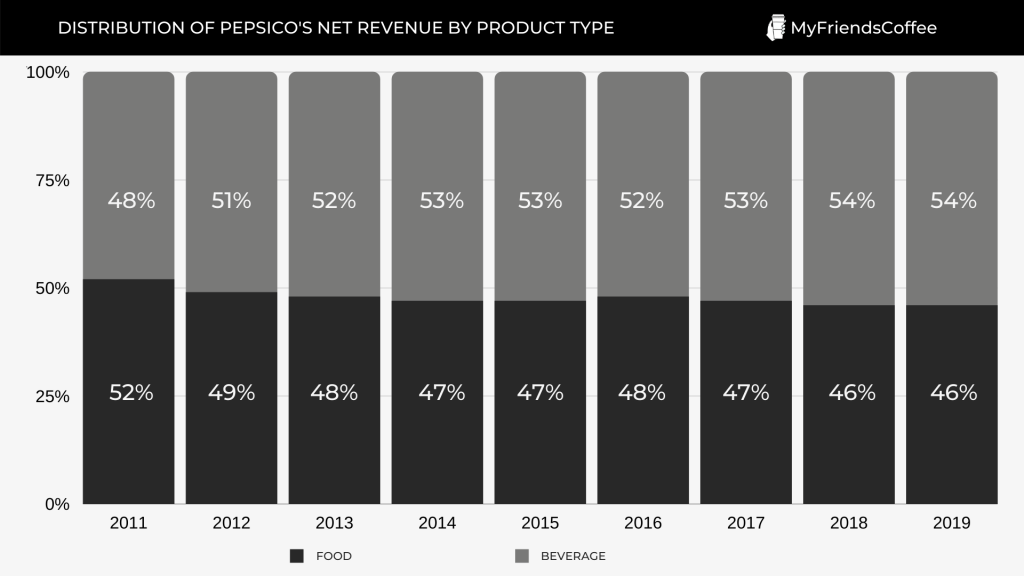
23. Non-alcoholic drink revenue worldwide from 2012 to 2025 (projected) (Statista):
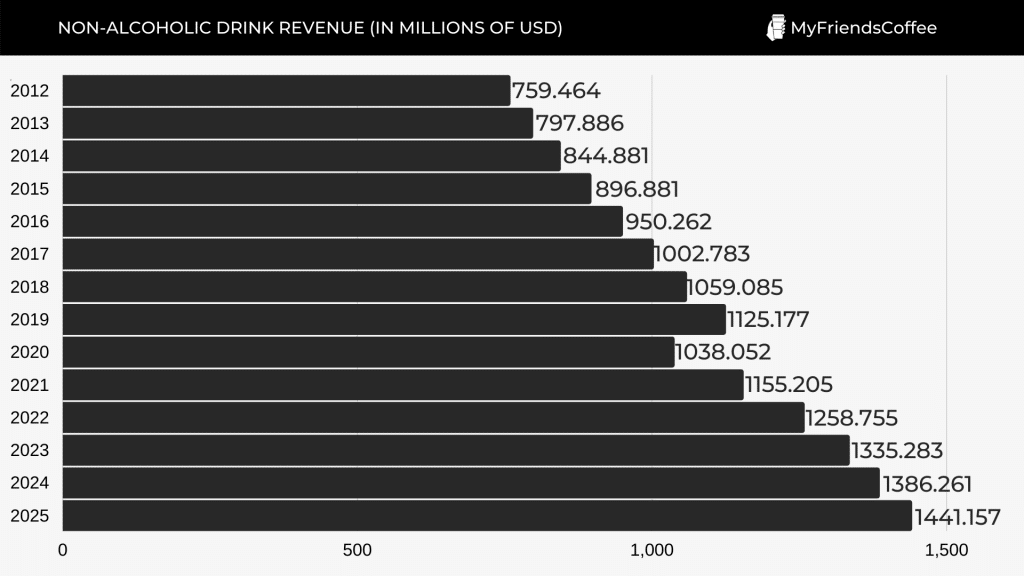
24. Average revenue per capita (in USD) (Statista):
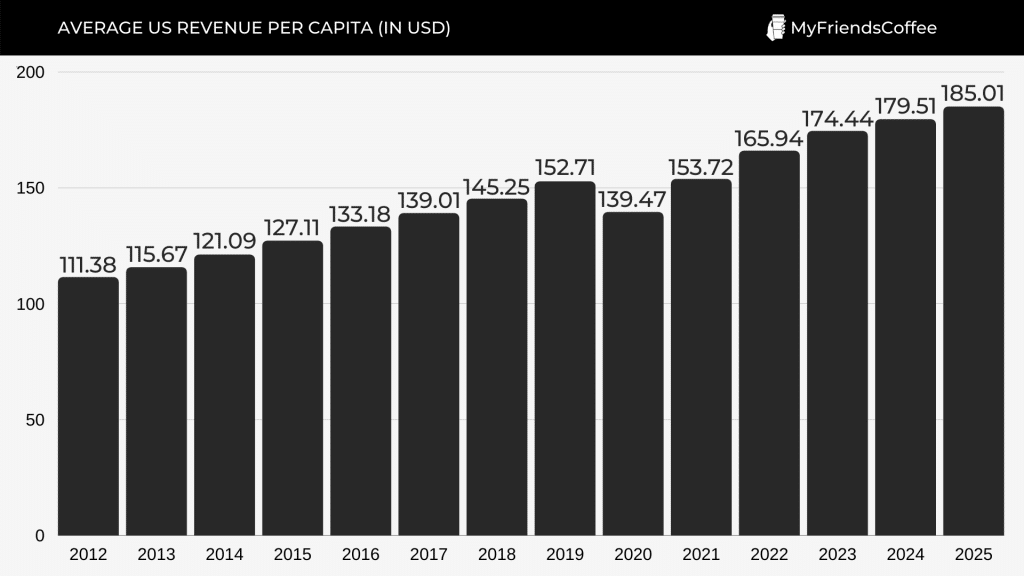
25. Beverage sales by type (Statista):
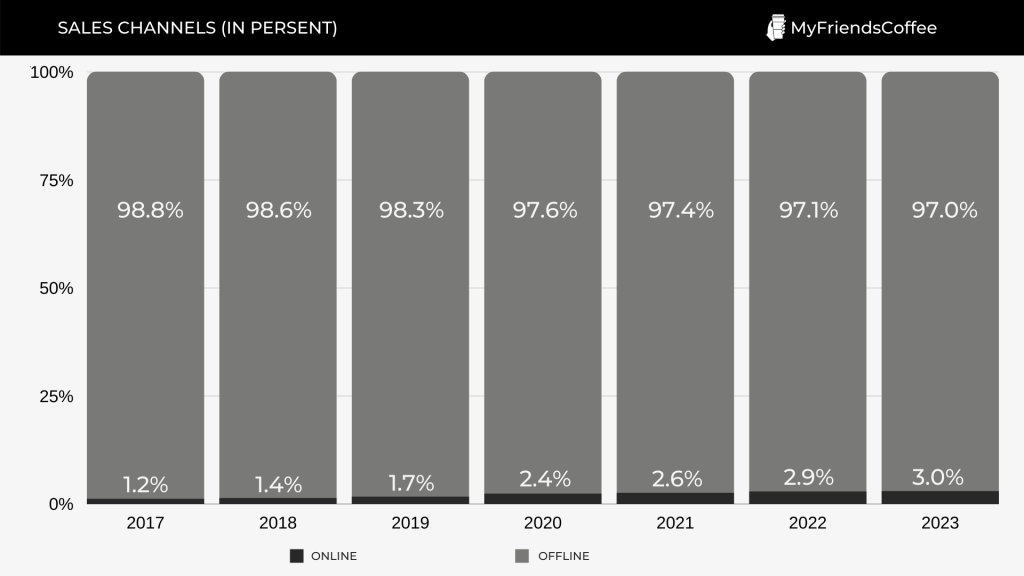
26. Share of non-alcoholic beverage revenue at home and outside the home (Statista):
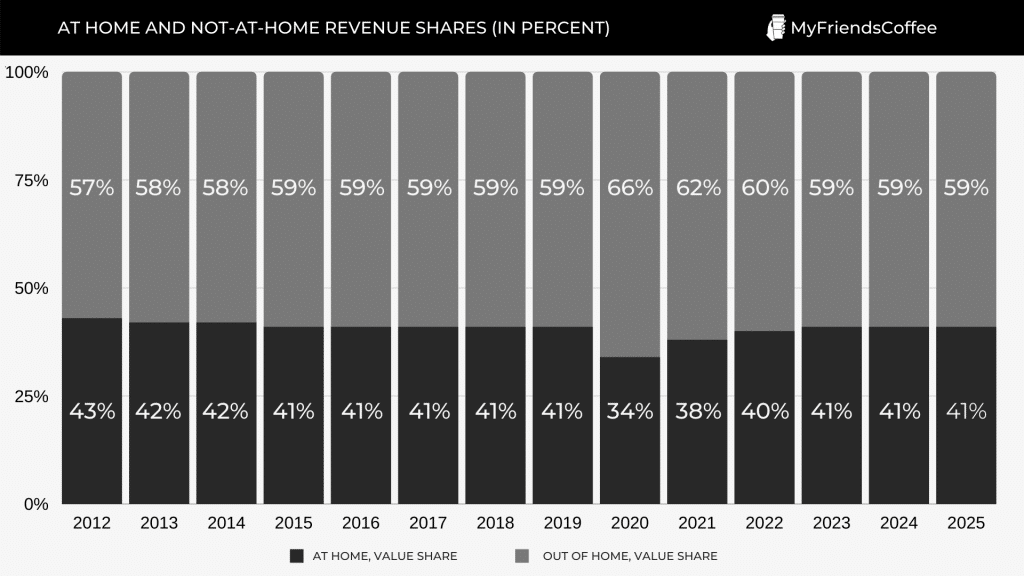
27. Market volume of non-alcoholic beverages in liters (Statista):
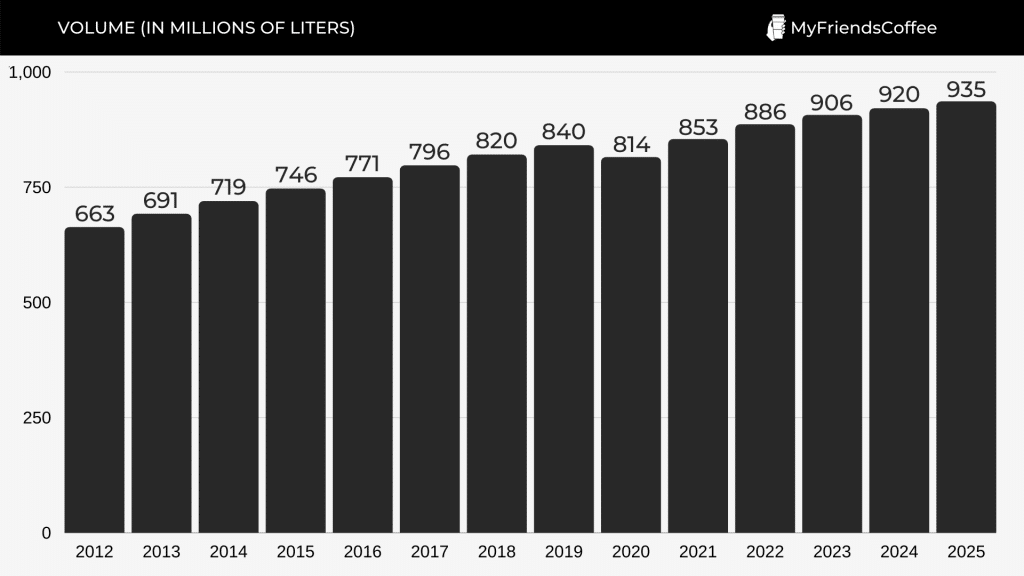
28. Average volume per capita in liters (Statista):
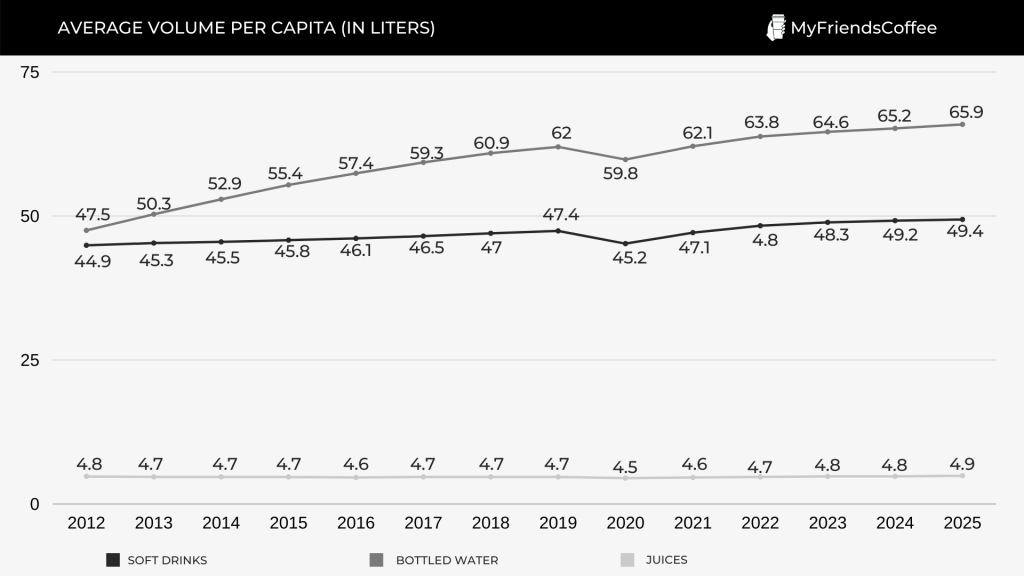
29. Consumption of bottled water per capita in Europe in liters in 2017 (Statista):
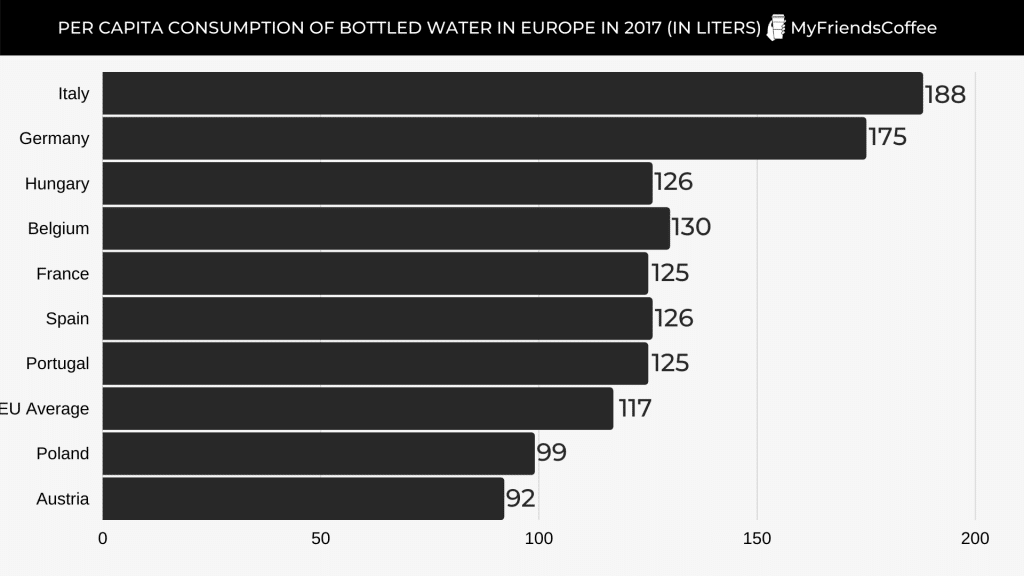
Upgrade Your Coffee Game
For those looking for the freshest, highest-quality beans, we recommend checking out our list of the best ones. To compile the list, we studied the coffees used by popular restaurants and cafés. We paid attention to cultivation and processing methods, the quality of the beans, and their roasting profiles. We evaluated the roasting, packaging, and how fresh the beans were on delivery.
Check out our list of the best espresso beans. You will find both 100% Arabica single-origin coffee and blends, and a range of roasts, from light roasts to French roasts. There's a great option for everyone.
We also know that to brew a delicious espresso with a dense body and a great crema, you need fresh beans. Therefore, our list contains coffee that can be ordered directly from roasters.
If you're experiencing heartburn, acid reflux, or other digestive issues but don't want to give up coffee, check out our list of the best low-acid beans. The list only contains coffees that are naturally low in acidity or are roasted using special technology. To evaluate the beans' flavor potential, we brewed each of the coffees on the list with a different brewing method.
If you're looking for beans grown without the use of chemicals, we recommend checking out our list of the best organic coffee. The list contains only organic beans cultivated with special care without chemical fertilizers or pesticides. And we made sure to evaluate freshness and taste, so on the list you'll find options that can be ordered directly from roasters.
For those looking to expand their coffee experience with something special, we recommend checking out our list of the best Kona coffee. This variety is only grown on the Big Island of Hawaii.
On our list, you'll find 100% Kona coffees that have certificates or awards of provenance. This is important because Kona's popularity and high price means there are many scammers who pass off blends of unknown beans as Kona coffee.
